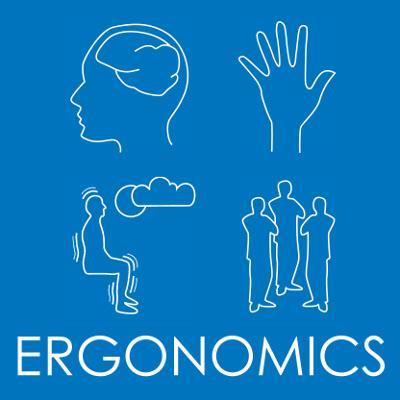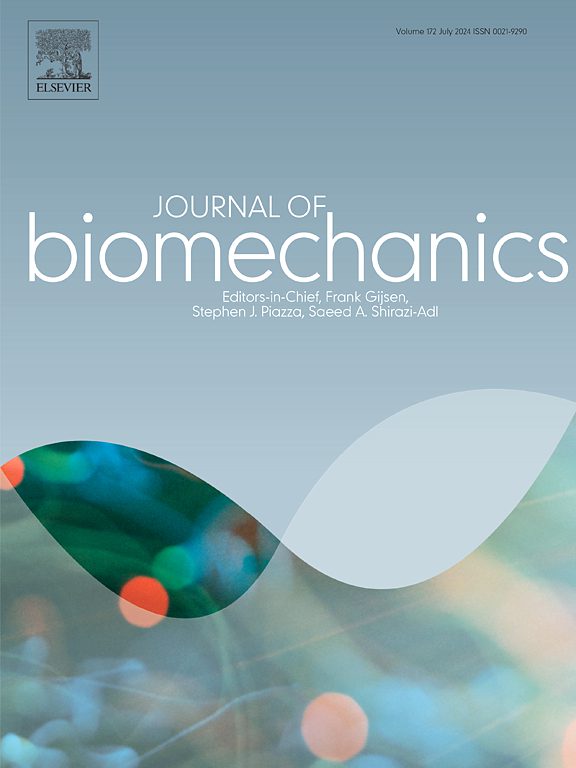

Occupational Injury Prevention
Postural Control & Fall Prevention
Postural Control & Fall Prevention
Biomechanics of Slips and Falls
The long-term goal of this research, funded by NIOSH R01 and R03 grants, was to reduce slip and fall accidents in young and older adults, in the general population and occupational settings. Causes of slips and falls are numerous and complex. In this line of research, we focused on gait biomechanics – both gait style (or initial conditions at the onset of a slip) and postural recovery strategies after a slip was initiated. The impact of anticipating a slippery floor versus unexpected slips was also investigated. Findings were compared between young and older subjects, and between participants who were able to recover from a slip versus those who lost balance and fell. The results of this study provided a better understanding of the human factors that impact the risk of slips and falls. The use of this knowledge might improve fall prevention and training programs among older adults.
People
Publications

Peer-Reviewed Article
2020
PLOS ONE
Angular momentum regulation may dictate the slip severity in young adults

Peer-Reviewed Article
2020
Applied Ergonomics
Influence of Averaging Time-Interval on Shoe-Floor-Contaminant Available Coefficient of Friction Measurements

Peer-Reviewed Article
2019
Frontiers in Human Neuroscience
Do Walking Synergies Influence Propensity of Severe Slipping?

Peer-Reviewed Article
2019
Ergonomics
Predicting slips based on the STM 603 whole-footwear tribometer under different coefficient of friction testing conditions

Peer-Reviewed Article
2018
Journal of Biomechanics
Kinematics and Kinetics of the Shoe during Human Slips

Peer-Reviewed Article
2017
Frontiers in Human Neuroscience
Association between slip severity and muscle synergies of slipping

Peer-Reviewed Article
2017
Journal of Biomechanics
Arm reactions in response to an unexpected slip - Impact of aging

Peer-Reviewed Article
2017
Frontiers in Human Neuroscience
Shared and task-specific muscle synergies during normal walking and slipping

Peer-Reviewed Article
2016
Journal of Electromyography and Kinesiology
Effects of slip severity on muscle activation of the trailing leg during an unexpected slip

